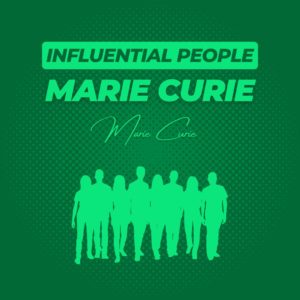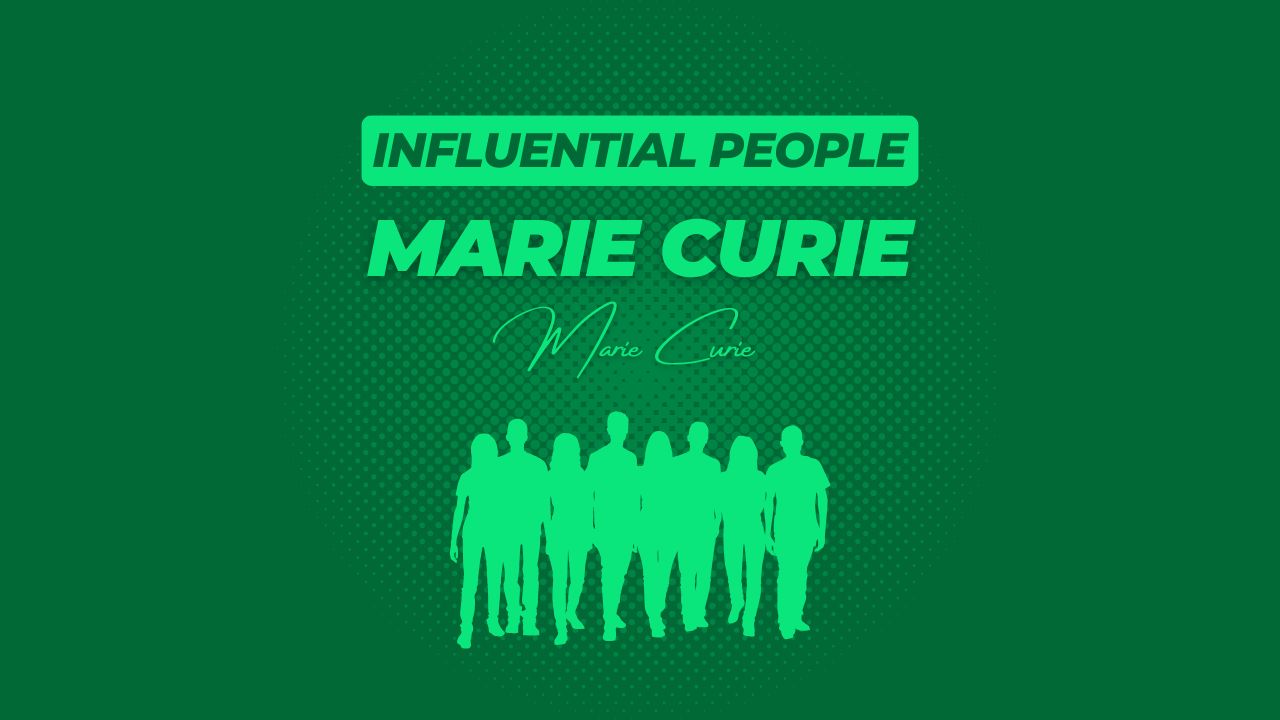Introduction to Marie Curie
Marie Curie, a towering figure in the annals of science, remains one of the most influential women in history, renowned not only for being the first woman to win a Nobel Prize but also for her remarkable personal story of love, loss, and perseverance. Her life, entwined with groundbreaking discoveries and profound personal relationships, presents a fascinating tableau of how intellectual passion can coexist harmoniously with deep personal commitment. As we explore her journey, one marked by both monumental scientific achievements and intense emotional experiences, it prompts us to consider what those navigating the complex world of modern dating can learn from her legacy. How did Marie Curie manage the interplay of love, resilience, and partnership alongside her relentless pursuit of scientific enlightenment? This exploration not only celebrates her scientific contributions but also delves into the less discussed, yet equally compelling, aspects of her emotional resilience and relational dynamics.
with groundbreaking discoveries and profound personal relationships, presents a fascinating tableau of how intellectual passion can coexist harmoniously with deep personal commitment. As we explore her journey, one marked by both monumental scientific achievements and intense emotional experiences, it prompts us to consider what those navigating the complex world of modern dating can learn from her legacy. How did Marie Curie manage the interplay of love, resilience, and partnership alongside her relentless pursuit of scientific enlightenment? This exploration not only celebrates her scientific contributions but also delves into the less discussed, yet equally compelling, aspects of her emotional resilience and relational dynamics.
A Pioneer in Science and Love
Marie Curie, born Maria Sklodowska in 1867 in Warsaw, Poland, was a prodigy in a time when educational opportunities for women were severely restricted. Her early years were marked by a fervent commitment to learning, driven by a voracious intellect and the tragic loss of her mother and sister, which deeply influenced her resolve. Despite these hardships, she thrived academically, eventually moving to Paris to continue her studies at the Sorbonne. This bold step not only marked the beginning of her scientific career but also set the stage for a groundbreaking journey in a male-dominated field.
In Paris, Marie met Pierre Curie, a scientist with an equally passionate interest in the mysterious properties of magnetism and radioactivity. Their meeting was a confluence of intellectual affinities and mutual respect, a rare find in the romantic tales of the time. Their shared passion for science quickly blossomed into love, leading to a marriage that was both a personal and professional alliance. Together, they embarked on a path of discovery in their makeshift laboratory, often foregoing comfort and convenience for scientific pursuit.
The partnership of Marie and Pierre Curie was unique for its time, embodying a true romantic and scientific collaboration. They worked side by side, challenging each other and the scientific community, leading to the discovery of polonium and radium. This period of intense collaboration was not just about shared laboratory hours but also about creating a life together that defied the conventional separations of work and love. Their union demonstrated how deep personal relationships could enhance, rather than inhibit, professional success, setting a profound example of partnership that transcends the mere personal to achieve something much greater.
Triumphs and Tragedies
Marie and Pierre Curie’s scientific journey reached a pinnacle with their groundbreaking discoveries of radium and polonium, elements that revolutionised the understanding of radioactivity—a term that Marie herself coined. Their work, characterised by painstaking experimentation and profound dedication, earned them the Nobel Prize in Physics in 1903, shared with Henri Becquerel. This recognition was not just a professional accolade but a validation of their shared vision and relentless pursuit of knowledge.
Tragically, their collaborative journey was cut short in 1906 when Pierre died in a street accident. This loss was devastating for Marie, both personally and professionally. He was not only her husband and father to their two daughters but also her closest collaborator and confidant. The void left by his death thrust her into deep grief, yet it also marked a turning point in her life. Marie’s response to this immense personal tragedy was to immerse herself even more deeply into her work, taking over Pierre’s teaching position at the Sorbonne—becoming the institution’s first female professor—and pushing forward with their research.
This period of her life is a profound testament to her resilience. Marie Curie’s ability to channel her grief into her scientific pursuits without losing the essence of her emotional depth is a powerful narrative of overcoming adversity. Her work not only continued but also expanded, leading to her second Nobel Prize, this time in Chemistry in 1911 for her services to the advancement of chemistry by the discovery of the elements radium and thorium, the isolation of radium and the study of the nature and compounds of this remarkable element. This achievement made her the first person to win Nobel Prizes in two different scientific fields, an unprecedented feat that remains rare to this day.
Marie Curie’s journey through her triumphs and tragedies illustrates the complex interplay between personal loss and professional perseverance. Her story offers a compelling view of how personal experiences, no matter how difficult, can fuel professional drive and lead to monumental achievements. Her resilience not only shaped her own legacy but also set a lasting example for future generations on navigating the delicate balance of personal and professional life.
Legacy of Love and Learning
Marie Curie’s legacy extends beyond her scientific achievements; it is also profoundly evident in her role as a mother. Her relationship with her daughters, Irène and Ève, underscores a unique blend of love, education, and empowerment, which she nurtured within the confines of both family life and the scientific community.
Irène, Marie’s elder daughter, particularly mirrored her mother’s scientific zeal. Under Marie’s meticulous guidance and partnership, Irène flourished into a brilliant scientist in her own right. Together, they continued the Curie legacy, focusing on the then-novel area of radioactivity. Their collaboration was marked by mutual respect and intellectual synergy, culminating in Irène’s own Nobel Prize in Chemistry in 1935, shared with her husband Frédéric Joliot-Curie for their synthesis of new radioactive elements. This achievement not only reinforced the scientific foundations laid by Marie but also exemplified her success in passing on her passion and dedication to her offspring.
Marie’s approach to motherhood was pioneering for her time. She integrated her love for her daughters with a strong commitment to their education and personal growth. Marie ensured that both Irène and Ève received comprehensive educations, which for Irène included a significant focus on science, while Ève pursued a path in writing and humanitarian efforts. Marie’s insistence on high educational standards was intertwined with her values of empowerment and independence, qualities she embodied and fervently instilled in her daughters.
The manner in which Marie balanced her roles as a Nobel laureate and a mother offers valuable insights into the potential for women to pursue both career ambitions and family life without compromise. Her life story serves as an enduring inspiration for integrating professional pursuits with personal relationships, advocating for a model where one’s passions and familial roles enhance and support each other rather than existing in conflict. Through her example, Marie Curie not only advanced scientific boundaries but also challenged societal norms, paving the way for future generations to champion similar values of education, empowerment, and equality.
Modern Lessons on Love and Success
Marie Curie’s life provides a rich tapestry from which modern daters can draw numerous lessons, particularly in how she managed her dual roles as a committed partner and a pioneering scientist. Her experiences shed light on contemporary attitudes towards dating, love, and professional success, offering valuable insights for today’s relationships.
Parallel 1: Balancing Individual Identity and Partnership Marie Curie and Pierre Curie’s relationship was founded on mutual respect and a shared passion for science. They maintained their individual identities, yet their personal and professional lives were deeply intertwined. This balance is something many modern couples strive for—achieving personal fulfilment and career success while fostering a supportive and loving relationship. Marie’s life exemplifies that maintaining one’s identity doesn’t detract from a partnership; instead, it can enrich it.
Parallel 2: Mutual Growth in Relationships The Curies’ partnership was not just romantic; it was a dynamic team that pushed the boundaries of science. They grew together intellectually, challenging and supporting each other’s work. This aspect of their relationship is especially relevant today, as couples increasingly value personal development and mutual growth. Modern relationships can thrive on similar dynamics, where both partners encourage each other to pursue their passions and ambitions, leading to a more fulfilling union.
Parallel 3: Shared Values and Goals Marie and Pierre shared a profound commitment to their scientific research, which underpinned their relationship. This alignment of values and goals helped them to navigate challenges and work cohesively towards common objectives. In contemporary dating, shared values and goals are often pivotal in building lasting connections. They foster a sense of unity and purpose, which can help couples to overcome obstacles and build a resilient partnership.
Marie Curie’s approach to love and success offers timeless lessons on the importance of shared values, individual integrity, and mutual growth within relationships. By examining her life, modern daters can gain insights into how to balance personal achievements with their romantic lives, ensuring that each aspect enhances the other. This exploration into Marie Curie’s life reveals that the core elements of successful relationships remain constant, echoing through history as guiding principles for both personal and professional fulfilment.
Conclusion
Marie Curie’s remarkable life stands as a testament to the extraordinary blend of monumental scientific success and profound personal experiences. Her story is one of groundbreaking achievements and resilient love, marked by her unwavering dedication to both her family and her scientific pursuits. Curie shattered the barriers of her time, not only as a pioneering female scientist who won two Nobel Prizes in different fields but also as a devoted partner and mother who navigated the complexities of personal loss and professional pressure with grace and determination.
Her life invites us to reflect on the enduring power of balancing personal relationships with professional ambitions. Marie Curie demonstrated that one’s career and personal life could enhance and inform each other, rather than being in conflict. Her ability to maintain a strong individual identity while fostering deep connections with her loved ones offers invaluable lessons for modern relationships. It underscores the importance of shared values, mutual respect, and the support that is fundamental to both personal and professional growth.
As we consider Marie Curie’s legacy, let us reflect on how we can integrate these lessons into our own lives. Whether in navigating the intricacies of modern dating or striving towards our own goals, her life reminds us that true fulfilment often lies in the harmonious blend of love and ambition. In this way, Marie Curie’s story continues to inspire and guide us, illuminating the path toward richer and more meaningful relationships in every sphere of life.






